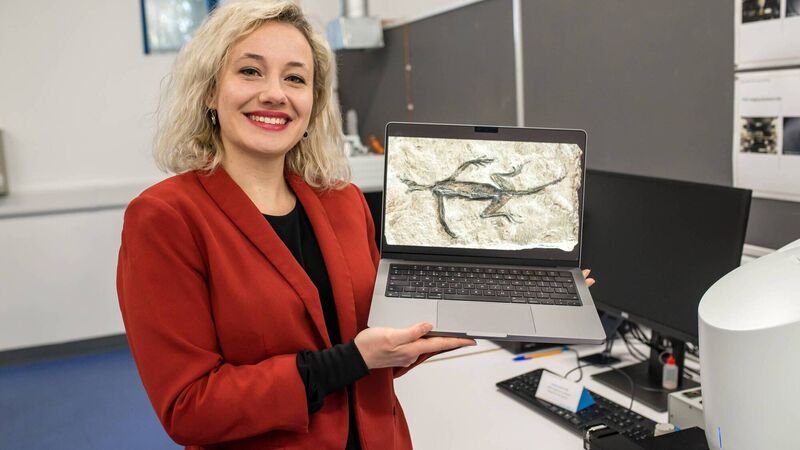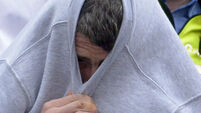UCC analysis reveals Alps fossil is mostly a 'forgery'

Dr Valentina Rossi of University College Cork, Ireland, who led the research team which discovered that a 280-million-year-old lizard fossil is, in part, a forgery. Image credit: Zixiao Yang.”
The team behind this research includes contributors based in Italy at the University of Padua, Museum of Nature South Tyrol, and the Museo delle Scienze in Trento.







 App?
App?


